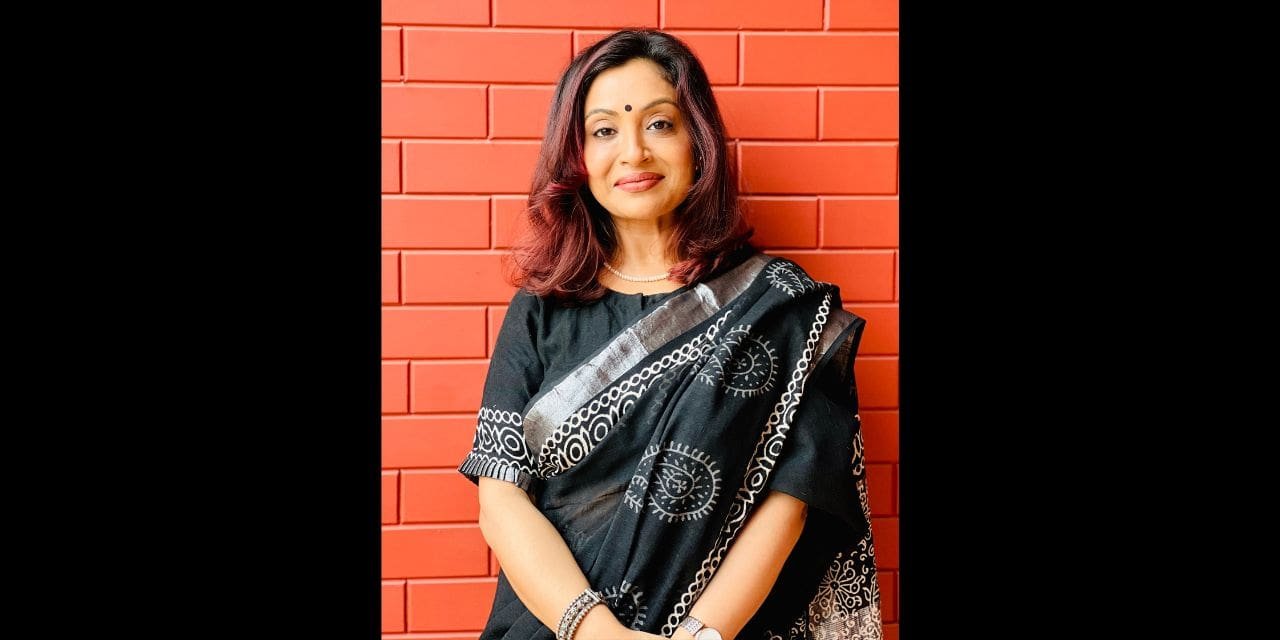By – Dr. Rennie Joyy, Founder – Aalekh Foundation
The development of synthetic textiles, such as polyester and nylon, significantly impacted the fashion industry after WWII. Today, 60% of clothing and 70% of household textiles are made of synthetic fibres. These plastic-based textiles contribute drastically to the environment, emitting greenhouse gases and pollutants. The textile industry also contributes to 35% of microplastic pollution in the ocean. Since the textile and fashion industry is incurring huge environmental and social costs, adopting sustainable trends and practices is feasible at both the supply and demand sides.
Change is IN
The fashion industry has seen a significant transformation with the rise of sustainable fashion, which has become a mainstream trend. This shift is driven by growing environmental awareness, a demand for ethical products, and a desire for conscious consumption. The concept of circular fashion is gaining momentum as brands and consumers recognize the need to address fashion’s waste problem. This involves adopting innovative practices like clothing rental, garment refurbishment, secondhand marketplaces, and take-back programs that allow consumers to return old garments for recycling.
Organic cotton, bamboo, and recycled polyester offer a sustainable alternative without compromising style or quality. Circular fashion challenges the “take, make, dispose” model, emphasizing recycling and upcycling garments. Brands are designing clothing with longevity in mind, using durable materials and timeless styles. Technology, such as 3D knitting and 3D printing, is revolutionizing clothing production, reducing waste and energy consumption. Advancements in dyeing techniques are also reducing water usage and eliminating harmful chemicals.
Solar energy is also being used in textile production to generate electricity, reducing reliance on fossil fuels and lowering energy bills. Solar dyeing and thermal collectors are also used to create hot water for dyeing and finishing processes. This has led brands to be held accountable for their products’ social and environmental impact and consumers demanding sustainable options.
Conscious consumerism
Consumers play a crucial role in driving the industry towards sustainability, with informed choices and increased awareness driving demand for eco-friendly options. Technology, such as 3D printing and blockchain, is advancing sustainability within the fashion industry, promoting efficiency and accountability. Despite challenges, ongoing innovations and collaborations offer viable solutions for a more sustainable future in fashion. Consumers are shifting away from fast fashion and over-consumerism, recognizing quality and longevity as essential factors in sustainable fashion. Practices like renting clothes, secondhand shopping, and capsule wardrobes are gaining popularity as consumers seek timeless pieces.
Breakthrough initiatives by fashion brands
The fashion industry is embracing sustainable practices, with renowned designers and apparel brands embracing eco-friendly fabrics like organic cotton, hemp, bamboo, linen, and recycled polyester. These fabrics have a positive environmental impact, reducing soil and water contamination and requiring less water and pesticides than traditional crops. Many sustainable fabrics are biodegradable or recyclable, reducing their ecological footprint and allowing for responsible disposal at the end of their life cycle.
Fashion brands are integrating social responsibility into their business models, focusing on fair labour practices, gender equality, and community engagement to promote sustainable fashion and foster an ethical and equitable industry. They are setting new standards for eco-friendly practices and adopting marketing strategies to increase customer awareness of sustainable products.
International apparel brands such as Levi’s, H&M, Adidas, Stella McCartney, and Patagonia are all-embracing sustainable alternatives. Levi’s has integrated hemp into its jeans, reducing water usage and chemical inputs while maintaining quality and durability. H&M has partnered with Tencel suppliers to showcase eco-friendly garments, while Adidas uses recycled polyester sourced from ocean plastic waste. Stella McCartney uses Piñatex, a cruelty-free alternative to animal-derived leather, and Patagonia uses organic cotton to reduce water usage, eliminate synthetic pesticides, and promote soil health.
These examples illustrate how major fashion brands are embracing alternative fibre and sustainable materials to create innovative and eco-friendly products. By integrating sustainability into their business models, these brands not only reduce their environmental impact but also inspire industry-wide change. As consumers become more conscious of their purchasing decisions, the demand for sustainable fashion continues to grow, driving further innovation and collaboration within the fashion industry. With major brands leading the way, the future of fashion is undeniably green.
Sustainability as an ideal show-stopper
Sustainable fashion, rooted in environmental concerns and ethical production, is gaining popularity in the current fashion world. The concept also promotes fair trade practices and social awareness. The industry is now reshaping itself with sustainable alternatives like organic cotton, hemp, and Tencel, as well as innovations like recycled polyester and lab-grown materials. Sustainable fashion aligns with the principles of a circular economy, which restores and regenerates, benefiting businesses, society, and the environment. Moreover, the circular fashion economy can revolutionize the fashion industry, offering a sustainable alternative to traditional practices.

